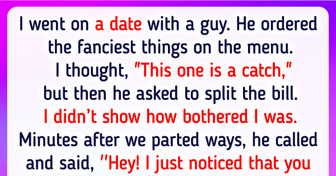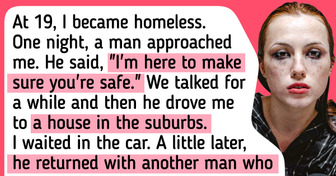15 Real-Life Stories With Hard-to-Believe Plot Twists

Did you know that every 15 seconds a home burglary occurs in the United States? This means that approximately 4,800 burglaries happen every day! And the police can only solve 13% of all the reported cases. So, yeah...
Home security is nothing to be joked about...! And so I won’t. But still, don’t worry, it’s not like you need to turn your house into a fortress to feel safe. There are a great number of things you can do to keep the bad people out of your house and keep your valuables safe without breaking the bank!
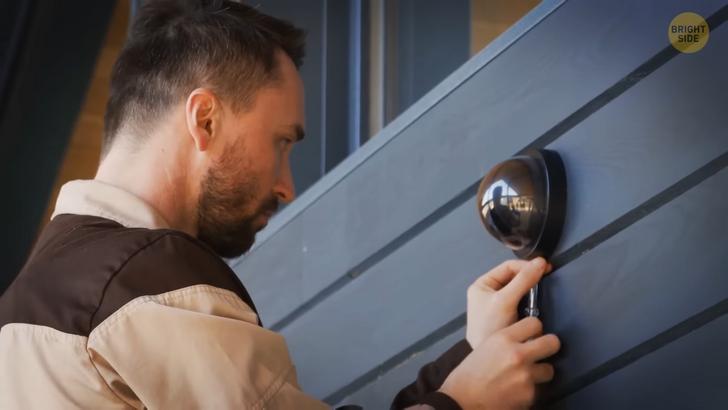
First things first! Homes without a security system are 300% more likely to be broken into and burglarized, so you should definitely consider setting up one! However, there are many different types of security systems out there. That’s why it can get overwhelming to choose the best one for your specific needs, desired level of protection, and budget.
Yet again, it all comes down to two options: professional installations and DIY installations. Let’s go through both of them together. Professionally installed systems require professional monitoring and usually have contracts that are likely long-term. Professional systems come with fees. However, companies usually require lower up-front equipment costs since they will spread the costs throughout the course of your contract.
Once you decide on a professional installation, the company will first schedule an appointment with one of their experienced technicians who can conduct a security assessment and explain all your options to you. And as long as your contract is valid, you can report any problems you have with the system to them so that they can make sure the equipment works correctly. All in all, you should pick professionally installed security systems if you want to put up your feet and relax instead of watching long hours of tutorial videos or reading pages of manuals.
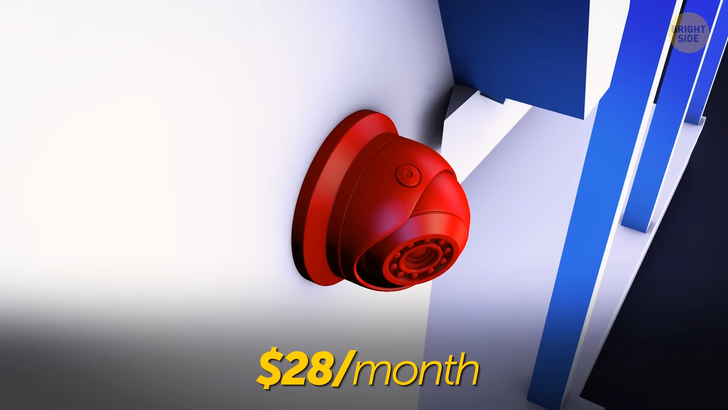
Still, professionally installed security systems may not work for you, especially if you’re a renter, due to the contract commitment conditions. Or maybe you’re not a renter, but you simply have budget limitations. That’s where DIY installations come in handy!
The greatest thing about DIY systems is that while the average monitoring price is around $50 per month on professionally installed systems, it is around $28 a month on DIY ones. Plus, there are no installation fees with DIY systems, either. Yet again, you should expect higher up-front equipment costs if you’re going to pick this option.
And there’s also the fact that DIY home security systems come with the risks of improper equipment placement and missing security vulnerabilities a pro would catch. At the end of the day, the most important thing you need to do before choosing a system is to evaluate the needs of your neighborhood as well as your house.
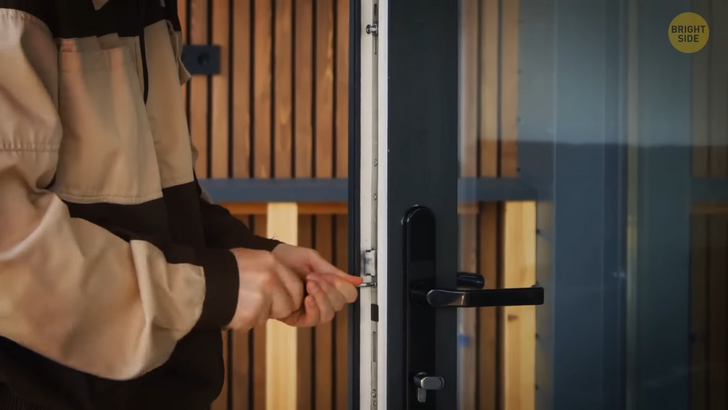
Did you know that 34% of burglars simply use the front door when breaking into a home? That means if your door is not strong and secure enough, you’re basically inviting the burglars in... So, setting up security systems is not enough. You need to inspect all your exterior doors, too. Make sure the door frames are strong, and the hinges are protected.
You can always use door reinforcement kits to add extra protection. If your door has a mail slot, don’t forget to check if it’s possible for someone to reach through it to unlock the door. When moving into a house or an apartment that was previously occupied by someone else, change the door locks. This is the easiest way to ensure that no stranger can just walk into your house using the keys.
One other way to boost security for your door is to use wireless doorbell cameras. This one from Amazon is extremely user-friendly. It’s 100% wireless. It has a built-in rechargeable battery that can last 1–2 months. So, you won’t have to charge those too often. You can track the battery situation from the phone app. It also has motion-detection technology and super night vision. And you don’t need to worry about the weather conditions because it’s also waterproof.
By the way, don’t forget about the sliding glass doors! You can use a window bar or dowel in the track to keep them from being forced open. Or, you can add a door sensor or glass break sensor to get alerted if and when someone is tampering with them.
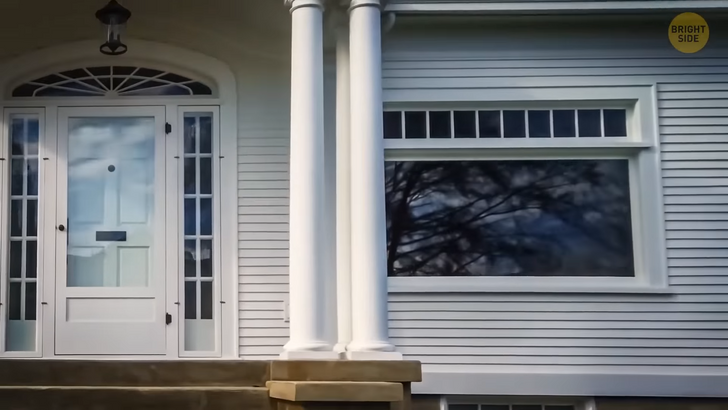
We’re getting into the very basics of home security now! The percentage of burglars entering a home through a window is as high as 23%! The main reason for that is because most of the time people forget to lock their windows. Yet again, burglars can always break the glass.
If you don’t want that to happen you can try reinforcing the glass with window security film, adding window bars, or installing window sensors. If none of that is possible, you can also plant prickly bushes under the first-floor windows to discourage burglars from choosing your house to break in.
What’s the difference between an actor and a burglar? Burglars don’t like to be in the spotlight... That’s why having outdoor lighting is to your advantage. Lights should be placed around your front and back yards, along pathways, and near the garage.
To make your outdoor security lights more effective you can use motion-activated ones. Take this one for example; it’s solar-powered. So, it’ll help you save energy. But that doesn’t mean you won’t have any light once the clouds cover the sky. It is able to run 4–5 nights on rainy days.
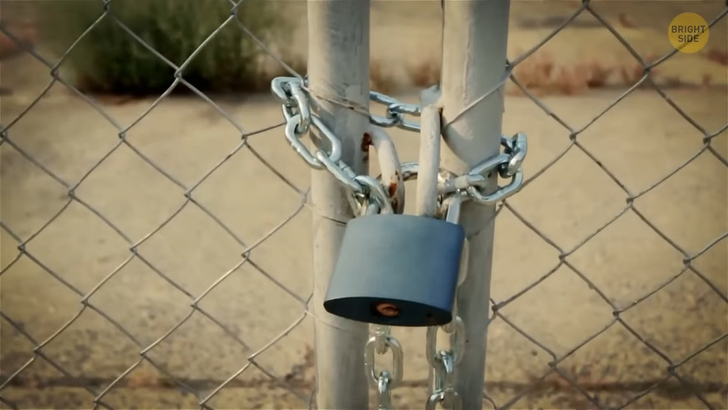
Don’t allow the burglars to play hide and seek... While trees and shrubs may make your home look more beautiful, they can also provide a convenient hiding spot for burglars. That’s why you should trim down trees and plants, at least the ones close to your home that could be used for cover. Choose smaller flowers and bushes instead so that burglars don’t have a hiding spot to wait for you to leave your home.
The same thing goes for any lock gates, sheds, or other outdoor buildings you have. Make sure those places are locked. Burglars can use stools and ladders to climb in from the windows, too. So, don’t tempt them by leaving one outside.
This one goes without saying; but I will anyway — lock the garage! Even if there’s no access to your home through there, it’s likely that you still have plenty of valuable stuff stored in there that burglars might be interested in. It’s also wise to store your garage door opener inside your house rather than leave it in your car. This way, you’ll be preventing burglars from easily taking it.
If you use a security code to open your garage, then keep it confidential and avoid entering it in front of other people, including neighbors. Some neighbors...well, you just don’t know. Installing a driveway alarm will also help secure the garage.
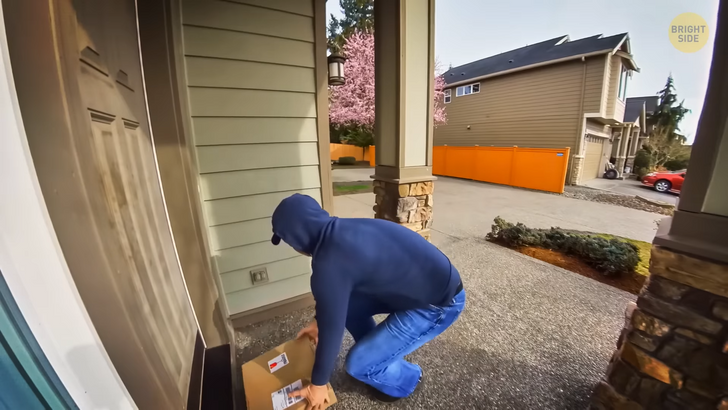
These days, not just burglars but porch pirates, aka package thieves, are a big problem, too. Last year, almost 1 in 7 Americans fell victim to them. This is where security cameras prove to be useful. First of all, they work as a deterrent. And secondly, if someone were to really steal your package, you’d be able to identify them thanks to the security footage.
If you can’t spare some money to get a good security camera for the time being, you can opt for a fake one. They are a lot cheaper, and they will help make your home look more secure than it actually is. This one is worth considering if you’re searching the market. It contains a flashing light which makes it look as realistic as it gets.
Last but not least, having a safe wouldn’t hurt. And don’t worry, it doesn’t have to be one of those uncrackable giant titanium ones in heist movies... like Oceans 23. Burglars may still be able to break into your house despite all the precautions. So, you still need to make sure your valuables are protected at all times.
You can hide all things important from your expensive jewelry to your vital documents in there to be extra safe! Pun intended! Oops, I DID make a joke. Sorry. If you’re going to get yourself one, make sure it is fire-resistant, waterproof, and heavy enough that a thief can’t pick it up and walk away with it. Better safe than sorry. Oops, I did it again.



